When you’re looking for financing, it may seem that anything will do. However, depending on the life cycle stage of your venture, some forms of financing are better than others. You want the right kind of capital for the needs of your business at that point in time.
There are basically four stages of business development*:
Start-up or Seed Stage
At this point, it’s just an idea and a business plan, no track record. Your job is to find the right people and enter the marketplace, usually deeply on the cheap. Financing is very difficult at this stage, and is often self-funded or from “seed” funders who already know you. Nonprofits can sometimes get grants to support this stage. More often than not it involves drawing upon internal reserves and stretching staff every which way. Debt is usually bad idea for this stage as the debt service (even if principle payments are deferred) adds a burden to cash flow at just the wrong time for the business.
Survival or Establishment Stage
This is now an operating business, with customers but still deeply in the middle of product refinement and market adjustments as you learn from your first interaction with the the marketplace. Revenue is beginning to come in the door, but that initial seed capital is running low while profitability is still just a goal. Similar to the previous phase, capital often comes from friends, family, and some cases, funders with whom you already have a relationship. Sometimes Program Related Investments (PRIs) are available but that’s generally fairly rare. (And PRIs are still debt.)
Growth or Establishment Stage
The venture is growing, break-even or profitable, and gaining efficiencies as it expands. New competitive pressures are emerging, as there is a need for the company to develop better management and administrative systems to manage the growing demand. Seed capital has been used up but the firm needs capital to keep on growing. With some established operations and financial history, access to debt may become possible, but challenging, given limited cash-flow and collateral.
Mature Stage
This is the point of relative success, prosperity, and stability, with a strong brand, loyal customers, and a profitable business model. Yet, no business can survive resting on its past successes, so to remain competitive new investments will be needed to develop new products, improve old ones, or gain new efficiencies to keep your pricing competitive. Most businesses at this point need access to long term working capital as well. Debt is the usual financing source for mature businesses, obtained from banks for whom this is their bread and butter business.
So pursue the kinds of financing that makes best sense for the life stage of your social enterprise. Seeking debt as a start-up is not a good idea, and indeed a number of recent failures in the social enterprise industry can be attributed to going after the wrong kind of financing.
(*Special thanks to Jeannine Jacokes and Jennifer Pryce, for their article “The Live Cycle of Social Enterprise Financing” in Succeeding at Social Enterprise, which was used during preparation of this blog.)
Good luck!
- Copyright © 2012 Rolfe Larson Associates – 15th Anniversary!
- Author Venture Forth! Endorsed by Paul Newman of Newman’s Own
- Read my weekly blogs on Social Enterprise and Business Planning
 Sections of this topic
Sections of this topic

















